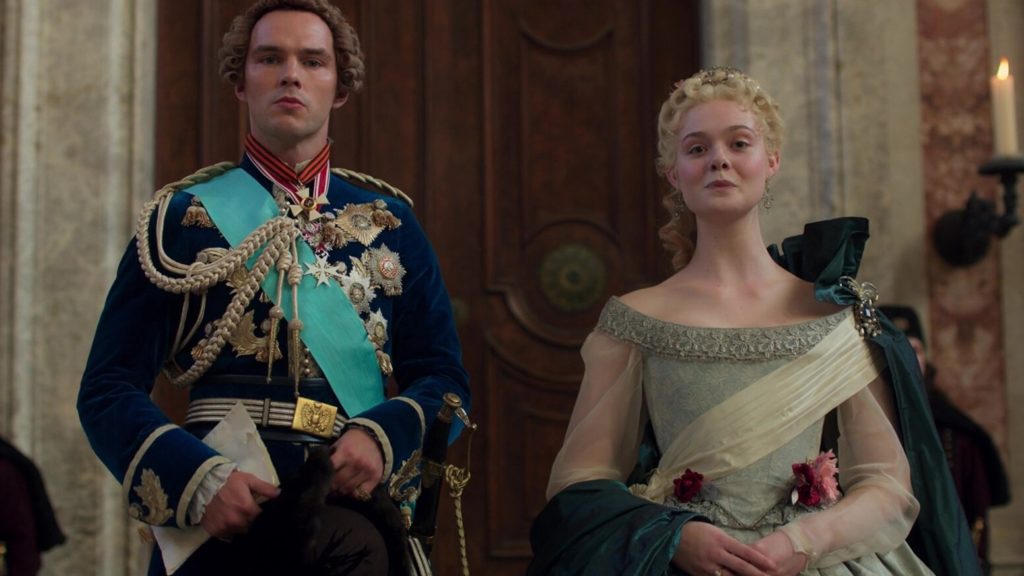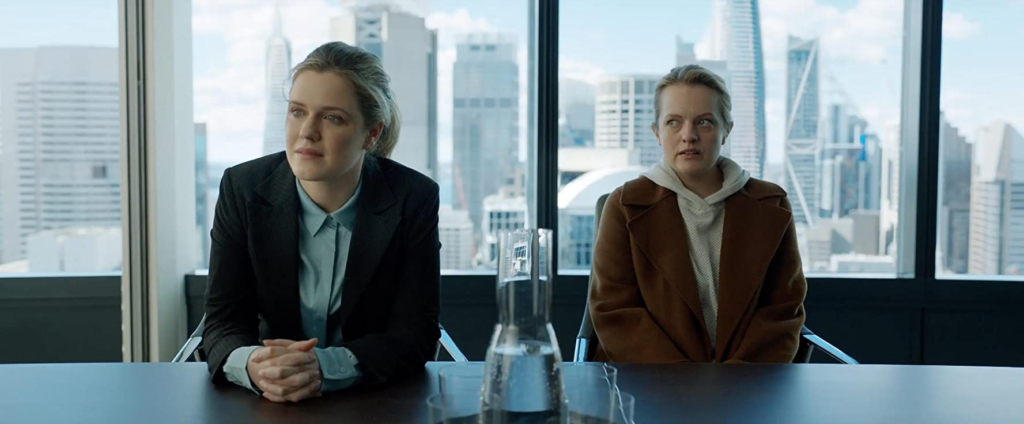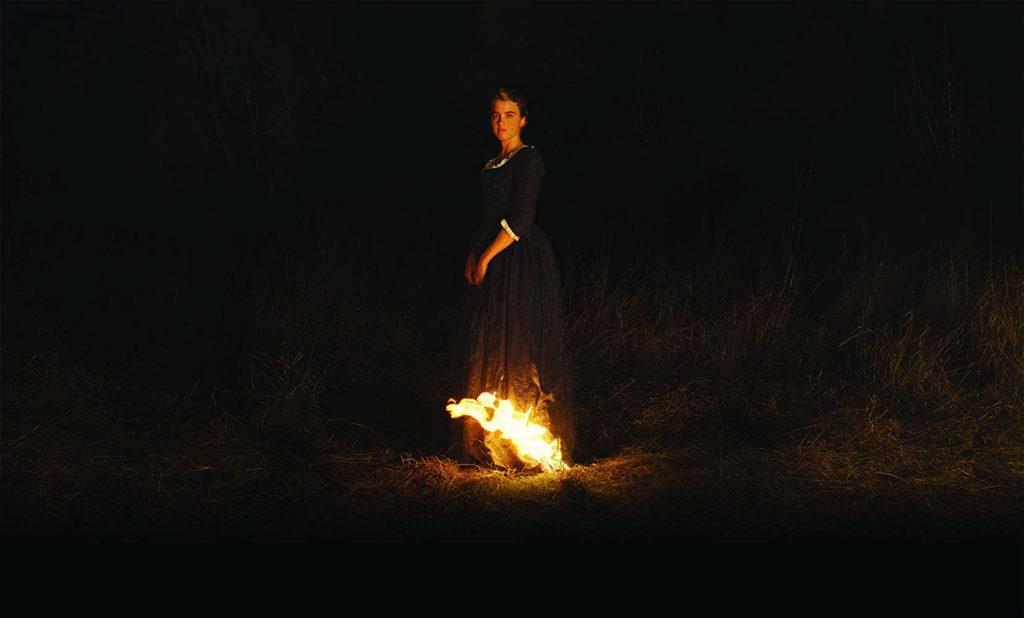
Period dramas are usually sure successes that garner a devoted viewer base. Genre pieces such as “Downton Abbey” and “The Crown” were lauded as both commercial and critical successes. A simpler time and pretty costumes have always resonated with audiences, and history has plenty of content ripe for adaptation.
On May 15, Hulu released the first season of “The Great,” an account of Catherine the Great’s ascension to the throne. Taking the now played out genre and twisting it, the series mixes drama and comedy, with a heavy sprinkling of satire. Spanning ten episodes of just under an hour each in runtime, the series is quite the investment of time.
This is not creator and writer Tony McNamara’s first foray into whimsical period pieces. McNamara also wrote 2018’s “The Favourite,” an 18th-century comedy-drama that received ten Oscar nominations. As the title card points out, “The Great” is “an occasionally true story,” — keyword occasional. To create his satirical period piece, McNamara has plucked slivers of truth from Catherine’s rise to power and heavily edited them to create a compelling and absurd coming of age tale.
Staring as Catherine (the soon to be Great) is Elle Fanning (“Super 8”). Opposite her is Nicholas Hoult (“Warm Bodies”) as Peter III, emperor of Russia and her husband. Much of the show rests on this pair’s shoulders, and they certainly deliver.
Fanning portrays Catherine’s transformation from a naive German princess to a cunning Russian Empress flawlessly. She delivers witty quips, rallying speeches and biting retorts all the same. Hoult is the true breakout of the show. His Emperor Peter is an impossibly spoiled ignorant child, yet Hoult somehow manages to remain charming. Together, their chemistry is phenomenal. While it is clear Catherine and Peter despise each other, the competitive frenemy-like relationship that develops as the show manages to keep the viewer interested, even as the storylines can be tiring.
Other noteworthy characters include Sebastian de Souza’s (“The Borgias”) Leo. A noble brought to the palace by Peter, Leo is Catherine’s lover. Essentially a manic pixie dream boy who is obsessed with living in the present, Leo is a shell of a character. Then there is Marial, Catherine’s maid, a former noblewoman who Peter demoted when she angered him. Marial is played by Phoebe Fox (“One Day”) and is one of the most enjoyable characters in the show. Constantly fed up with the absurdity of Peter’s antics, it is Marial who pushes Catherine to move forward with the coup.
What cheapens “The Great” is the absurd vulgarity; while it is quite shocking in the first few episodes the schtick grows tiring. The palace is more reminiscent of a frat party than a traditional court. Each episode is packed with vodka shots, F-bombs, fornication and bodily excrements. There is also a surprising amount of gore for such a pastel-shaded show. An entire episode revolves around Peter torturing his court trying to out a rat, and it involves far too many fingernails being ripped out.
One of the best aspects of the show, its aesthetic, is heavily borrowed from Sofia Coppola’s 2006 cult classic “Marie Antionette.” Coppola’s highly stylized pastel retelling of the French Revolution was celebrated for its costume and set design, something “The Great” clearly tried to replicate. Catherine and crew are constantly decked out in beautiful and colorful silks and wearing tall powdered wigs. The softness of the court in contradiction with the crassness of the show’s content made for an interesting juxtaposition.
While it is an interesting watch, distilling historical events into a show that caters so perfectly to modern sentiments is off-putting. Catherine the Great was not a 20-year-old feminist who wanted to bring the free press to the serfs; she was a 32-year-old mother of three who wanted to save her empire from political decline. McNamara tried too hard to modernize and satirize a history that could have done just that with a little less reworking.
“The Great” had a good idea, a stellar cast and an enchanting aesthetic, but somehow still managed to fail to live up to its own name.









